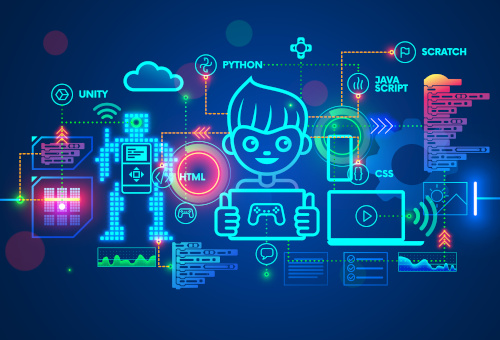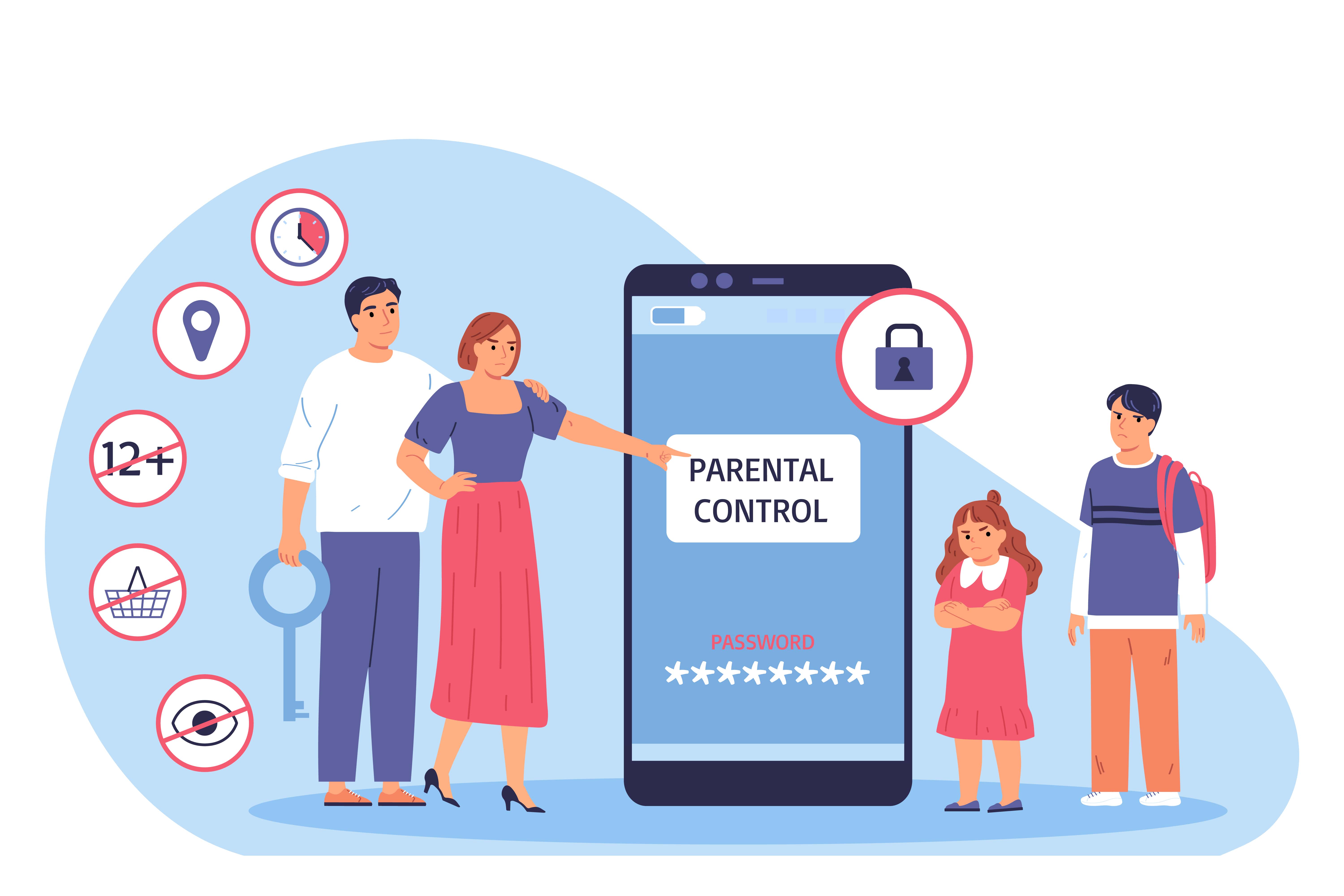Leveling Up Education: Gamification in STEAM Learning

Leveling Up Education: Gamification in STEAM Learning
Gamification, the integration of game elements into non-game contexts, has emerged as a powerful tool in transforming STEAM (Science, Technology, Engineering, Arts, and Mathematics) learning. By leveraging the motivational and engaging aspects of games, educators can create dynamic and immersive learning experiences that captivate students’ attention and foster a deeper understanding of complex subjects.
The Power of Play in Education
Incorporating game elements into STEAM learning introduces an element of play that can significantly impact student engagement. Games are inherently enjoyable and provide a sense of accomplishment, encouraging students to tackle challenges with enthusiasm. This shift from a traditional lecture-based approach to a more interactive and playful learning environment is crucial for cultivating a positive attitude toward STEAM subjects.
Motivating Learners Through Challenges and Rewards
Gamification introduces challenges and rewards, creating a motivating framework for STEAM education. As students progress through lessons, complete tasks, and master concepts, they earn rewards and recognition. This gamified approach taps into the intrinsic motivation of learners, encouraging them to actively participate in their education. This shift from extrinsic rewards to internal motivation can have a lasting impact on students’ interest and dedication to STEAM disciplines.
Enhancing Problem-Solving Skills
Games inherently involve problem-solving, and integrating gamification into STEAM learning provides students with opportunities to hone their critical thinking skills. Whether solving puzzles, tackling engineering challenges, or designing virtual experiments, students develop a mindset geared towards creative problem-solving. This skill is invaluable in STEAM fields where innovation and overcoming challenges are fundamental.
Fostering Collaboration and Competition
Gamification facilitates collaboration and healthy competition among students. Team-based challenges and leaderboards create a sense of camaraderie and friendly rivalry. Collaborative problem-solving and friendly competition mimic real-world scenarios in STEAM professions, where teamwork and a drive for excellence are key. These experiences not only enhance academic learning but also prepare students for the collaborative nature of STEAM careers.
Adapting to Diverse Learning Styles
One of the strengths of gamification in STEAM education is its ability to accommodate diverse learning styles. Interactive simulations, hands-on projects, and visualizations cater to different preferences, ensuring that students with various learning styles can thrive. This adaptability contributes to a more inclusive and effective educational experience, reaching a broader spectrum of learners.
Utilizing Technology for Immersive Learning
The integration of technology is inherent in gamification, and in the context of STEAM education, this means leveraging virtual reality, augmented reality, and interactive simulations. These technologies transport students to virtual environments where they can conduct experiments, explore mathematical concepts, and engage with scientific phenomena. The immersive nature of these experiences enhances understanding and retention of STEAM principles.
Addressing Challenges and Concerns
While gamification in STEAM learning offers numerous benefits, it is not without challenges. Educators must strike a balance to ensure that the game elements enhance learning rather than distract from academic goals. Additionally, issues of accessibility, equity, and the need for ongoing teacher training should be addressed to maximize the effectiveness of gamification in diverse educational settings.
Measuring Success and Learning Outcomes
Assessing the impact of gamification in STEAM learning involves evaluating both student engagement and academic performance. Educators can analyze data generated by gamified platforms to understand how students navigate challenges, identify areas of struggle, and tailor interventions accordingly. Measuring success in gamified STEAM education requires a comprehensive approach that goes beyond traditional assessment methods.
Looking Ahead: The Future of Gamified STEAM Education
As technology continues to advance, the potential for gamification in STEAM learning will only grow. Innovations in virtual reality, artificial intelligence, and interactive storytelling will further enhance the gamified educational experience. The future holds exciting possibilities for creating even more engaging, immersive, and effective learning environments.
To explore more about the impact of Gamification in STEAM learning, visit essayoutlinewritingideas.com.



